
So, landscape photography. It’s a staple of a sub-genre in the over-arching category of photography. We often also consider it a form of fine art photography. We see landscape photography everywhere. However, “landscape photography” is a rather broad term. So, what exactly is considered landscape photography? Today, we demystify it for you.
Firstly, let’s start with the dictionary definition of landscape photography. The dictionary is a good place to start when looking for a straight definition of a word or term.
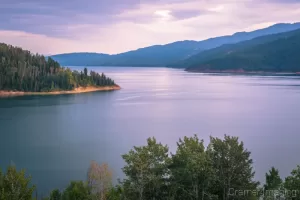
Landscape photography commonly involves daylight photography of natural features of land, sky and waters, at a distance—though some landscapes may involve subjects in a scenic setting nearby, even close-up, and sometimes at night.
Photography of artificial scenery, such as farm fields, orchards, gardens and architecture, may be considered “landscape” photography as well. Even the presence of man-made structures (buildings, roads and bridges, etc.) or art (such as sculpture) may be considered “landscape” if presented in artistic settings or appearing (or photographed) in artistic style.
Further, landscape photography is typically of relatively stationary subjects—arguably a form of “still life.” This tends to simplify the task, as opposed to photography of kinetic or live subjects. However, landscape photography often overlaps the activity of wildlife photography and the two terms are used somewhat interchangeably; both wildlife and landscapes may be elements of the same picture or body of work.
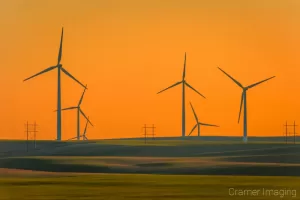
Since our question is what is considered landscape photography, we should also highlight several of the sub-genres falling under the landscape photography heading. So, we will. We’ll start off with representational landscape photography. Then, we’ll progress to impressionistic and finally abstract landscape photography.
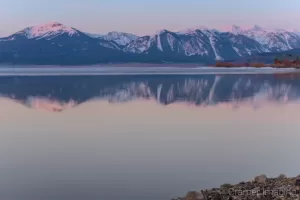
Representational landscape photography strives to present the viewer with an accurate depiction of the scene in front of the camera. It is not stylized. It is not abstracted. However, the photographer probably enhanced it to better meet his/her vision of the scene rather than what the camera records. Please remember that what the camera captures is different than what the human eye sees.

Impressionistic landscape photography seeks to present the viewer with a particular mood when viewing the photo. You may find colors altered to be brighter or more muted for example. It is still somewhat representational of the scene but takes some liberties with the captured scene in order to create the mood the photographer wants to convey with the photo.
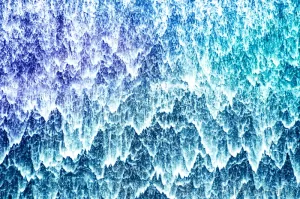
You might easily confuse abstract landscape photography with abstract photography if you don’t know what you’re looking at. Abstract landscape photography uses a landscape but completely loses any representational elements in favor of abstracting to a mood. You may recognize that an abstract landscape photo is a landscape photo or you may not. It’s all abstract.
In addition to the above, there are several sub-genres in the landscape photography header. They can use any of the styles listed above. To make things easy, I’m including a photo example of each kind of landscape photography sub-genre I have in my portfolio.
Urban Landscape Photography
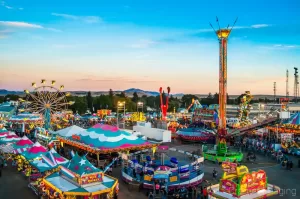
Skyscape Photography
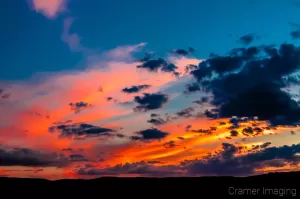
Rural Landscape Photography

Traditional Landscape Scene

Seascape Photography

Astrophotography
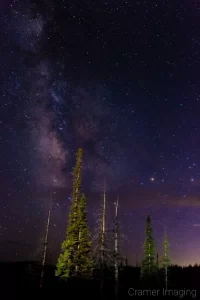
The amount of subjects for landscape photography is as wide and numerous as the kinds of landscape available for photographing. Here I’ve tried to list off the main subjects you will see in common landscape photography.
Forests/Jungles/Trees

Canyons

Mountains
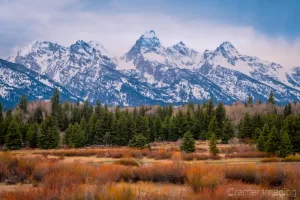
Clouds
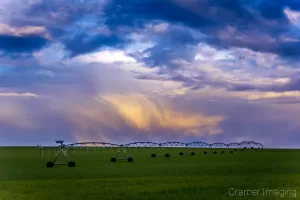
Rivers/Streams
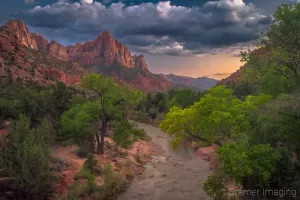
Cliffs
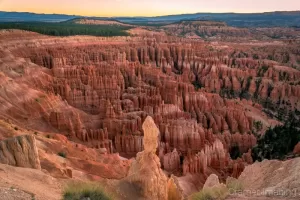
Lakes
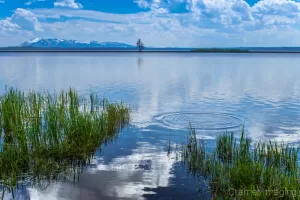
Rock Formations

Flowers

Waterfalls
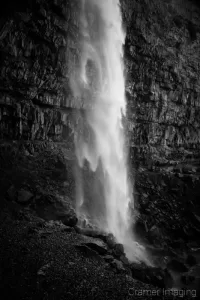
The Ocean
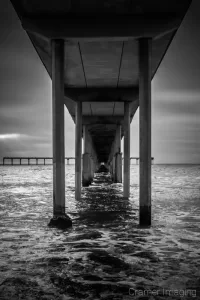
Winter Wonderland
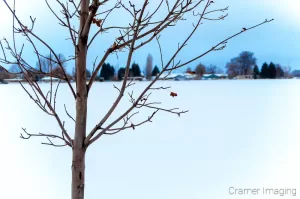
Geysers
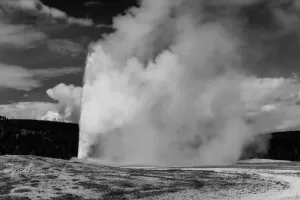
Aurora Borealis or Australus
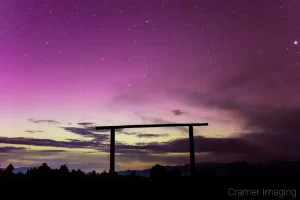
Volcanoes/Lava
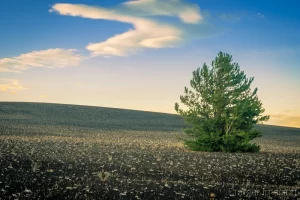
Other common landscape photography subjects also include icebergs, grasslands, lightning, tornadoes, islands, and more. However, I don’t currently have these kinds of photos currently or I would be showing them.
Now we’re on to the next natural point of discussion in what is considered landscape photography. This topic is what elements may a photographer include in a landscape photograph and it still be a landscape photograph. Here, we’re displaying several examples of elements you may find included in landscape photography.
Animals
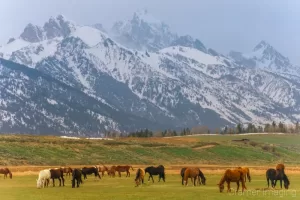
Rainbows

Weather and Seasons
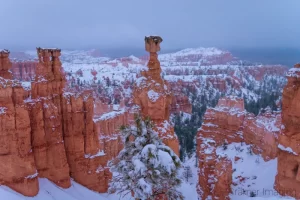
Tighter Views
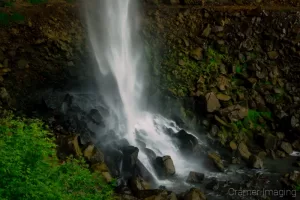
Man-Made Objects
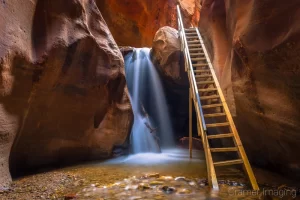
Celestial Bodies
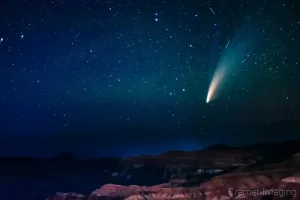
Fireworks
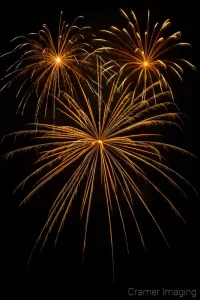
In conclusion, what is considered landscape photography is a wide and diverse range of subjects. It can include a wild, rural, or urban scene. It can be day or night in a landscape photo. You’ll also find man-made elements and animals common in landscape photography. It is a wider and relatively stationary scene which the photographer captures.
I actually found it difficult to try and define “landscape photography” for myself. I found that it’s more of “I know it when I see it” kind of situation. Still, I hope this helps you better understand what is considered landscape photography. Perhaps now, you’ll better recognize it when you see it.


Receive monthly updates in your inbox from us.

Join our email-only photo of the week club to get the full stories behind how we captured our favorite fine art landscape photos.
We respect your privacy
No More Results
Powered by atecplugins.com